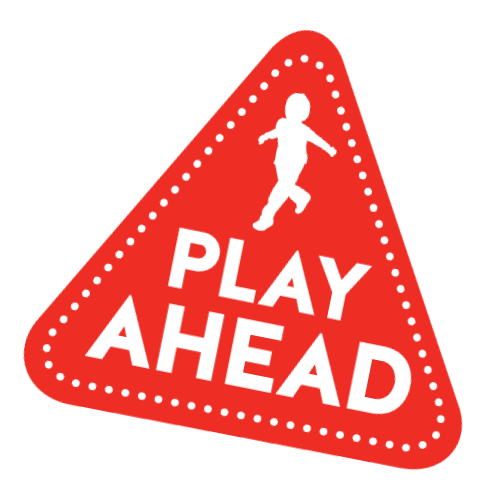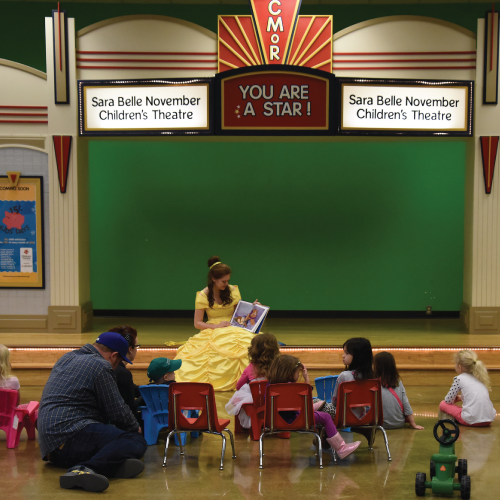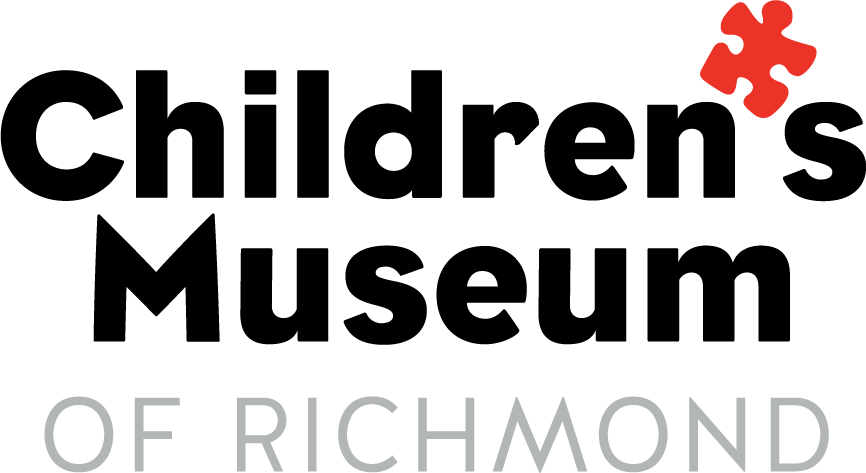Play Ahead – Playtime
Play is such an important part of a child’s growth and development. Children use play to discover,explore and imitate the world around them. Play helps children develop physically (balls, bikes, push-pull toys), mentally (blocks, puzzles, books) and socially (group play, talking and using new words). Children learn to think creatively and to become better problem…
Published on March 28, 2020

Play is such an important part of a child’s growth and development. Children use play to discover,explore and imitate the world around them. Play helps children develop physically (balls, bikes, push-pull toys), mentally (blocks, puzzles, books) and socially (group play, talking and using new words). Children learn to think creatively and to become better problem solvers through play. Because of the many benefits play provides for children, parents need to give a lot of thought to selecting appropriate, challenging toys for each stage in a child’s life and to providing many safe, supervised opportunities for play.

Parents need to play with their children often. It is recommended that parents spend at least 10 minutes of “one-on-one” time with each child daily. Simply sitting on the floor with children, placing different toys or objects in front of them, and watching what they do, gives parents an idea of what their children enjoy or do not enjoy, as well as their ability to use a particular toy. Parents should relax, and not be afraid to have fun with their children. Singing, being silly, using different voices as they pretend with children is fun for both parents and children.
With so many toys available, it not easy to know what to give children to play with. Toys need not be expensive or even purchased from a store. Many ordinary household objects such as boxes,
scraps of paper for art, containers with lids, dress-up clothes and homemade playdough provide countless activities. The following list looks at some of the best toys to choose for young children.
Choosing the Best Toys for Children
Balls
Balls help children become more social through playing with others and later on through turn-taking games. Balls help improve physical development. Balls should always be large enough to not be swallowed by children if placed in the mouth.
Babies like:
• Large balls such as beach balls to chase
• Small soft balls that squeak or squeeze
Toddlers who can crawl or stand on their own like:
• Big balls to carry or kick
• Small, soft, foam balls to throw or catch
Preschoolers like:
• Special balls for playing games (soccer, football, baseball) that have simple “rules”
Blocks & Building Toys
Blocks and Building Toys help children become more coordinated physically as they learn to stack and balance blocks. Blocks offer creative opportunities for children when building structures.
Babies like:
• Simple, washable blocks to hold
• Blocks they can “taste,” shake or bang
• Blocks that chime, rattle or make noise
• Soft blocks that can be squeezed
Toddlers like:
• Stackable blocks that can be taken apart and put together such as duplo blocks and bristle blocks
• Small blocks that can be put into toy trucks, wagons or pull toys for moving around the room
Dolls & Stuffed Toys
Dolls and Stuffed Toys can be hugged and can be used for pretend play.
Babies like:
• Soft dolls and stuffed toys to hug
Toddlers also like:
• Dolls that can be dressed, fed and put to bed
Preschoolers like:
• More realistic dolls for pretend play as they imitate being a mommy or daddy
• Dressing dolls with zippers, snaps and buttons
• Toy strollers, toy baby bottles, etc.
Puzzles
Puzzles help children improve their ability to use their small finger muscles to pick up and put together small pieces. Problem solving skills improve as children learn to remember how puzzle pieces fit in a frame or come together to make a larger picture.
Older babies and toddlers like:
• Simple puzzles of 2-3 pieces where each piece is a whole object like a circle, square, triangle
• Puzzles with knobs on each shape for easier handling
Preschoolers like:
• Puzzles with 4-6 pieces moving up to more pieces as they improve their skills
• Puzzles with pictures of familiar objects, animals or people
• Puzzles without handles that can be “dumped” and put back together
• Puzzles that teach such as shape, color, number and alphabet puzzles
Books
Books help children improve language skills and pre-reading skills. Books offer children a picture of the world around them and can teach them concepts such as shapes, colors, numbers and alphabet letters. Story time is a wonderful opportunity for parents and children to spend meaningful time together.
Babies like:
• Books with simple pictures and bold colors
• Books that are easily washed or cleaned as they explore with their mouths and hands
Toddlers like:
• Books to carry around
• Books about children doing familiar things
• “Touch and feel” and “lift -the-flap” books
• Books with one or two words on a page
Preschoolers like:
• Longer story time sessions
• Books that can be read to them over and over
• Books with stories they can remember and retell as they practice “reading”
• Books with more words and longer stories
• Informational books that teach: alphabet and numeral books, vehicle books and animal books
• Books about familiar subjects
Riding Toys
Riding Toys help toddlers and preschoolers improve their coordination and balance as they use larger leg and arm muscles.
Younger Toddlers like:
• Low to the ground riding toys without pedals that can be moved with legs only
• Large push toys to hold on to for balance
Older Toddlers like:
• Tricycles and riding toys with pedals
Preschoolers like:
• Riding toys with pedals that are appropriate for their size
• Bicycles with training wheels
Art Supplies
Art Supplies help children with pre-writing skills, improve the coordination of the small muscles of their hands and fingers, and allow them to be creative. Parents need to supervise art activities.
Toddlers and Preschoolers like:
• Non-toxic crayons, chalks, and washable markers
• Paper, scissors, paste
• Watercolors
• Playdough
Musical Toys
Musical Toys help children improve their listening skills, encourage creativity, and promote language development through singing along as they play. All ages enjoy listening to musical CDs and tapes.
Babies like:
• Playing with rattles and other toys that make sounds
Toddlers and Preschoolers like:
• Listening to musical and sing-a-long CD’s
• Instruments such as rhythm sticks, drums, horns, toy guitars, bells, and pianos
Toys for the Imagination
Toys for the Imagination help children practice social skills and explore their world through pretend play.
Toddlers and Young Preschoolers like:
• Cooking sets
• Toy trucks, cars, trains and school buses
• Telephones
• Simple doll houses and farm sets
Older Preschoolers like:
• All of the above but with more props such as little people to put in the cars and trains or a stove for the kitchen set
• Dress-up clothes (these seldom need purchasing)
• Doctor’s kit, tool bench
